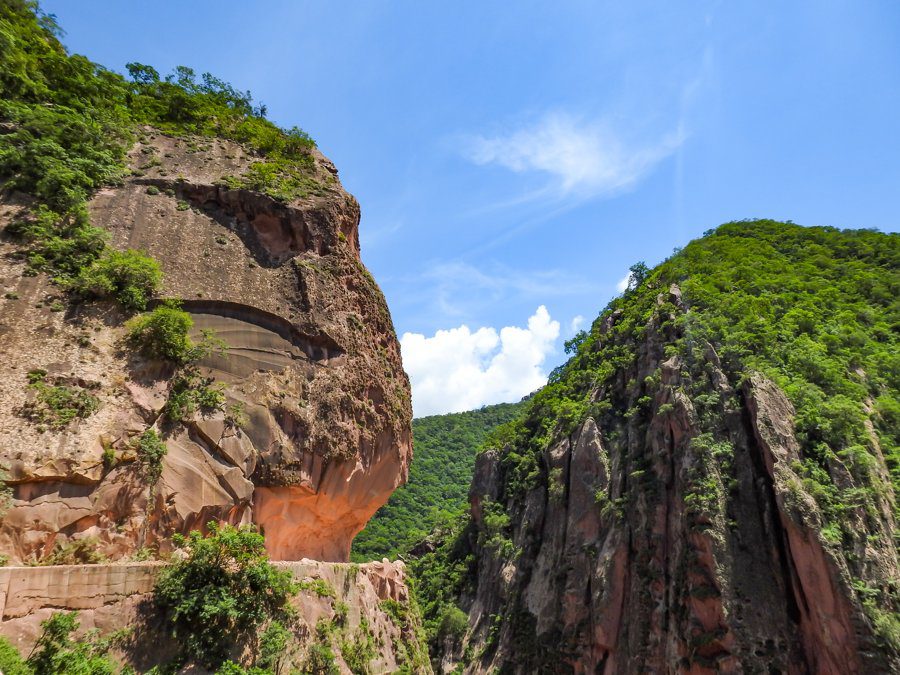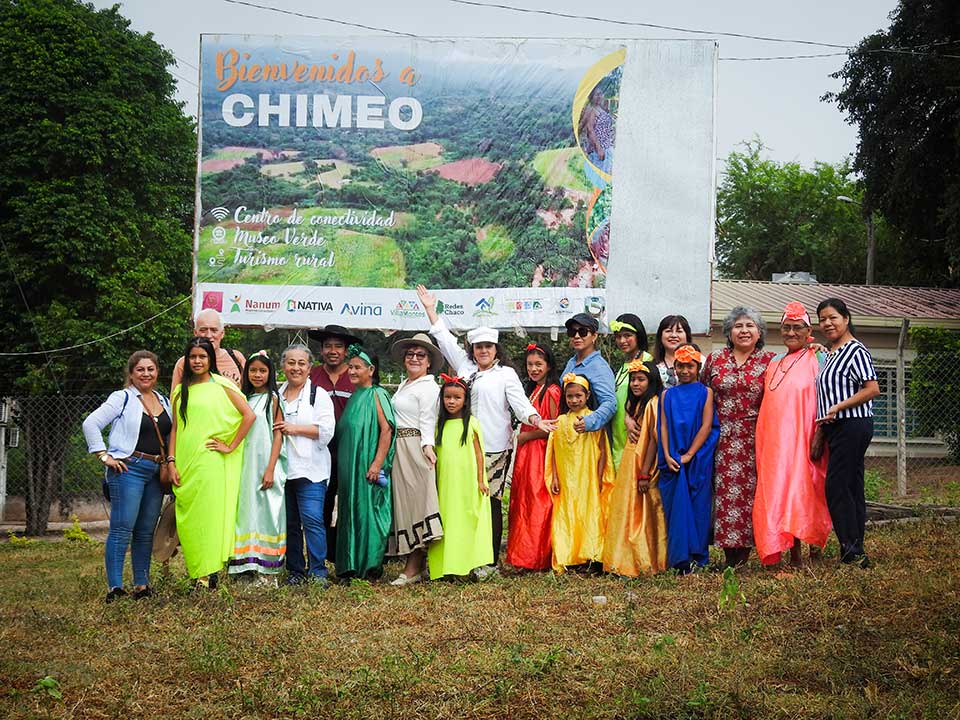

The Pilcomayo route
RESEÑA DEL TOUR: En este tour recorreremos varios kilómetros de belleza natural, paisajes, cultura, historia, naturaleza, tradición chaqueña y culturas
Objective
Investigate the population of Andean Condors in the Bolivian Chaco, especially in the Aguarague National Park to maintain the ecosystem balance between the population of Condors and the land-water ecotone with the Pilcomayo River, thus contributing to the conservation of this species in Bolivia.
Fishing, mainly for tarpon (Prochilodus lineatus), is the most important economic activity in this part of the Pilcomayo basin and its discards explain the availability of carrion, while at the same time they induce scavengers to consume them. We believe that the abundance of fish carrion, the intensity of intra-specific and inter-specific competition for access and availability to carrion hierarchically influence the fact that condors feed on fish.
From a conservation perspective, the main consequence of scavengers feeding on pilcomayo fish is that they could be poisoned with heavy metals, this can have ecological and conservation implications for the Condor population. Of special interest is that the fish from the Pilcomayo River is contaminated with heavy metals (ARSENIC, CADMIUM, LEAD, MERCURY) according to authors such as Van Dame et al, 2019, Smolders et al, 2022, 2003, 2004, 2005, 2006.
It would be useful to operate in the Pilcomayo basin considering the close ecological, economic and cultural relationship between the river and human settlements given that the Andean Condor is one of the most symbolic and culturally important animals in South America.
We believe that our observations have the potential to draw attention to a long-neglected ecological and environmental problem (water pollution of the Pilcomayo River related to mining activities). Therefore, we seek to investigate through the disciplines of Conservation Biology, trophic ecology and environmental monitoring with a land-water approach, promoting integrated management of the Pilcomayo basin using tools as an action for the conservation of the Andean Condor such as:
To know the degree of contamination by heavy metals in the population of Andean Condors in the Pilcomayo River, Bolivia, we have the collaboration of the Radboud University of the Netherlands and the B-WARE research center in Nijmegen for laboratory analysis of heavy metals.
DONATION
We are very interested in continuing this research on the population of Andean Condors in the Pilcomayo River of the Aguarague National Park, the degree of contamination, the conservation status of its population and measures or actions to promote its conservation in the Bolivian Chaco, this will give us crucial information on whether integrated habitat management is required for the Andean Condor population in the Chaco region.
The Pilcomayeño Andean Condor program needs support to finance this research and execute an educational campaign that draws attention so that among all actors we can save this species.
If you wish to support the Pilcomayeño Andean Condor program to conserve this majestic species please donate.
Thank you for your support.


RESEÑA DEL TOUR: En este tour recorreremos varios kilómetros de belleza natural, paisajes, cultura, historia, naturaleza, tradición chaqueña y culturas


RESEÑA DEL TOUR: En este tour visitamos la comunidad de Chimeo distante a unos 12 km de la ciudad de
We are a non-governmental, non-profit organization, oriented towards environmental conservation, in search of sustainable management of natural resources, generating development alternatives prioritizing economically disadvantaged áreas.